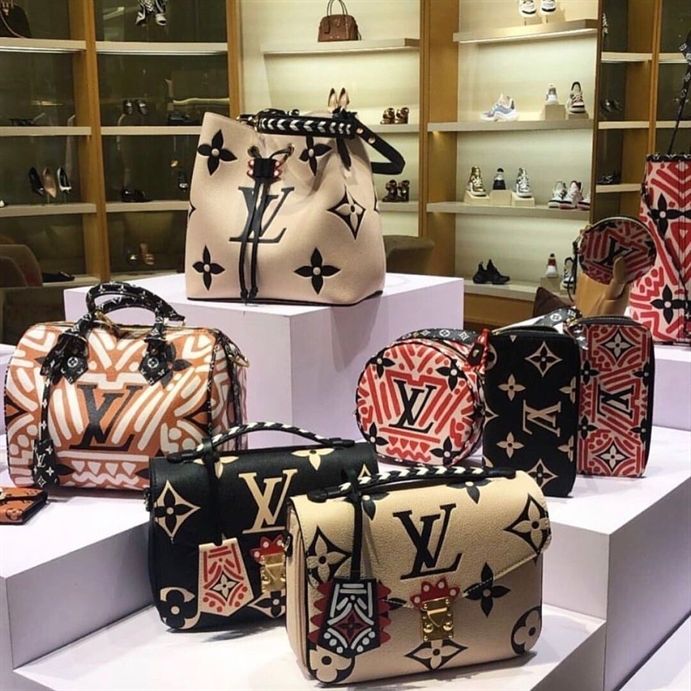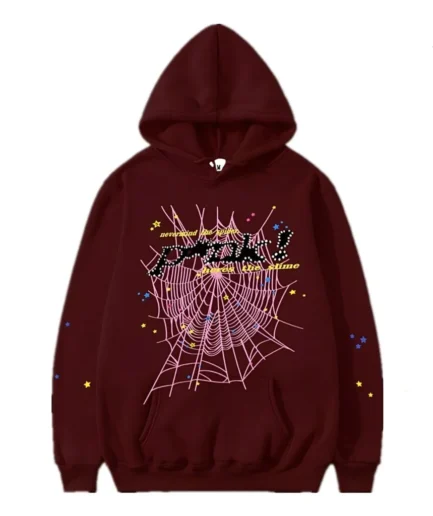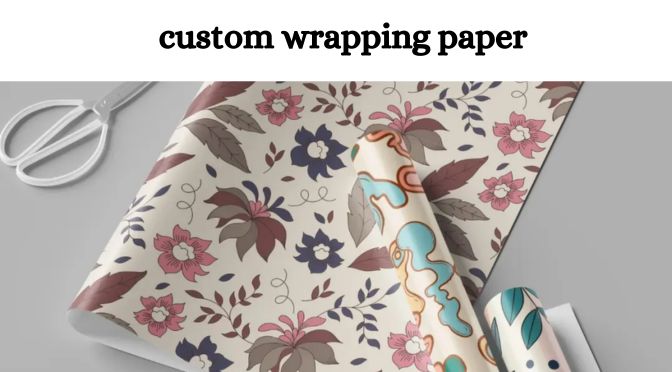Introduction
In the world of fashion, designer labels have always been a symbol of luxury, status, and style. From Gucci and Louis Vuitton to Chanel and Balenciaga, these names command respect and admiration. However, not everyone can afford the high price tags that come with authentic designer products. Enter the world of designer replicas—a booming industry that caters to those who desire the look and feel of luxury without the associated cost.
What Are Designer Replicas?
Designer replicas are imitation products that closely resemble genuine designer items in appearance, style, and even quality. These replicas can include everything from handbags and shoes to watches and clothing. While they are not authorized or produced by the original designer brands, many of them are crafted with considerable attention to detail, making them nearly indistinguishable from the real thing to the untrained eye.
The key difference lies in the branding and manufacturing. Authentic designer items are made under strict quality control in brand-certified factories. Designer replicas, on the other hand, are usually manufactured independently and may not meet the same standards, although high-end replicas often come close.
Why People Choose Designer Replicas
There are several reasons why consumers opt for designer replicas over authentic products:
1. Affordability
The most obvious reason is cost. A genuine designer handbag can cost thousands of dollars, while a high-quality replica may only set you back a few hundred. This price difference makes luxury fashion accessible to a much larger audience.
2. Aesthetic Appeal
Many people are attracted to the look and design of luxury items rather than the brand name itself. Designer replicas allow fashion enthusiasts to enjoy trendy styles and high-end aesthetics without going broke.
3. Trend Experimentation
Fashion trends change quickly. Investing a large sum in an item that might be “out” next season isn’t always practical. With designer replicas, individuals can try out different styles without the financial commitment of authentic pieces.
4. Low Risk
Using expensive designer items in daily life can be risky. They can be damaged, lost, or stolen. Replicas serve as a low-risk alternative, especially for casual use or travel.
The Ethics of Designer Replicas
The discussion around designer replicas isn’t just about fashion—it’s also about ethics and legality. Critics argue that buying and selling replicas undermines the creative work of designers and contributes to intellectual property theft. Brands invest significant time and resources in designing and marketing their products, and designer replicas potentially devalue that effort.
On the other hand, some consumers believe that high-fashion prices are inflated beyond reasonable limits and that replicas level the playing field. This argument holds especially true for those who view fashion as a form of self-expression rather than a luxury reserved for the elite.
Legal Implications
It’s important to note that not all designer replicas are illegal. The legality often depends on the country and the specific nature of the replica. For instance, if a product uses a brand’s trademark or logo without permission, it is generally considered counterfeit and is illegal in many jurisdictions.
However, if a replica mimics the design without copying trademarks, it may be legal. This gray area is what allows many sellers to operate online, particularly on international platforms. Buyers should always be aware of the laws in their country to avoid legal trouble.
The Quality Spectrum
Not all designer replicas are created equal. There’s a wide quality spectrum, ranging from low-end fakes that look nothing like the original, to “mirror quality” replicas that are nearly indistinguishable from authentic pieces.
-
Low-end replicas: These are mass-produced with cheap materials. They’re easy to spot and generally don’t last long.
-
Mid-range replicas: Better materials and more attention to detail. These can pass as genuine from a distance but still show flaws up close.
-
High-end replicas: These are sometimes called “1:1 replicas” or “mirror copies.” They use high-quality materials and craftsmanship, often mirroring the dimensions, weight, and features of the original items very closely.
Where to Find Designer Replicas
The internet has played a significant role in the growth of the designer replicas market. Numerous websites and social media platforms serve as hubs for buyers and sellers. While mainstream platforms like eBay and Amazon have strict policies against counterfeit products, many dedicated replica websites exist under the radar.
Additionally, private groups on platforms like Reddit, Facebook, and Telegram have become popular communities for replica enthusiasts. These forums often feature detailed reviews, buyer guides, and trusted seller lists to help others navigate the market.
Tips for Buying High-Quality Designer Replicas
If you decide to explore the world of designer replicas, here are some tips to ensure a positive experience:
-
Research thoroughly: Look for reviews and buyer testimonials. YouTube, Reddit, and replica-specific forums are valuable resources.
-
Understand the grading: Know the difference between low-end and high-end replicas. The price often reflects quality.
-
Use secure payment methods: Always choose platforms that offer buyer protection. Avoid sending payments via untraceable methods.
-
Ask for real photos: Sellers should be able to provide real photos of the product, not just stock images.
-
Start small: Begin with a small order to test the seller’s reliability and product quality.
Fashion Influence and Cultural Acceptance
The stigma around designer replicas is gradually fading, especially among younger generations who prioritize value and sustainability over brand loyalty. In fact, some fashion influencers openly discuss their use of replicas, advocating for financial sensibility and smart consumerism.
Moreover, the concept of replicas ties into broader trends in the fashion industry, including sustainability and circular fashion. Some argue that designer replicas, especially high-quality ones, reduce the demand for fast fashion, which is often worse for the environment.
Alternatives to Replicas
For those uncomfortable with the idea of designer replicas but still seeking affordable luxury, there are alternatives:
-
Second-hand markets: Websites like TheRealReal and Vestiaire Collective offer authenticated pre-owned luxury items at reduced prices.
-
Outlet stores: Many designers operate official outlet stores with genuine discounted merchandise.
-
Emerging designers: Many up-and-coming brands offer unique and stylish pieces without luxury prices. Supporting them promotes creativity and diversity in the industry.
Conclusion
Designer replicas have carved out a significant niche in the fashion landscape. While controversial, they offer accessibility, style, and affordability to millions around the world. Whether you view them as a savvy fashion choice or a threat to originality, one thing is clear: designer replicas are here to stay.
As with any purchasing decision, it’s important to weigh the pros and cons, understand the legalities, and make informed choices. Fashion is a form of expression, and for many, designer replicas are simply another way to express that identity without compromise.



